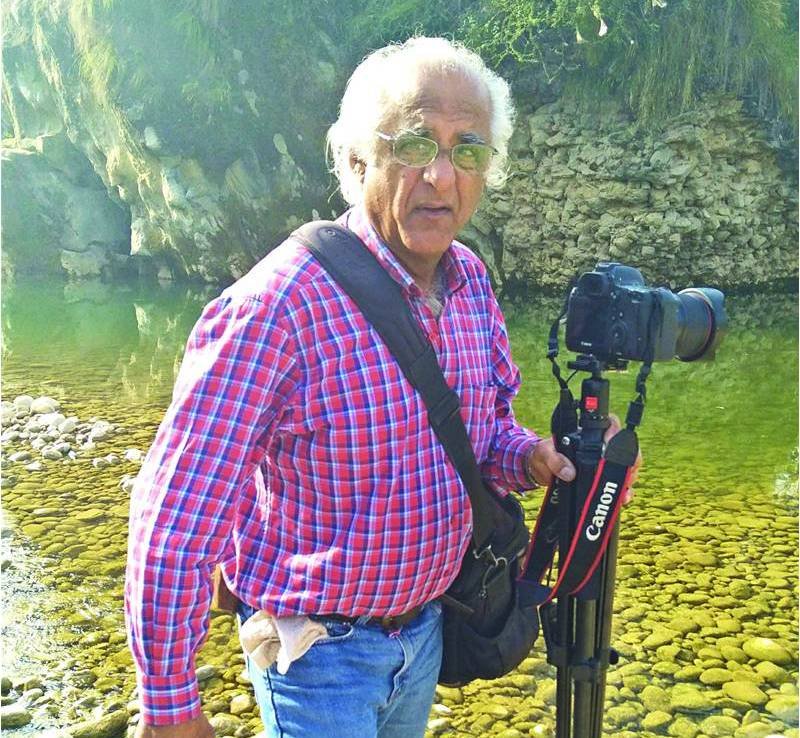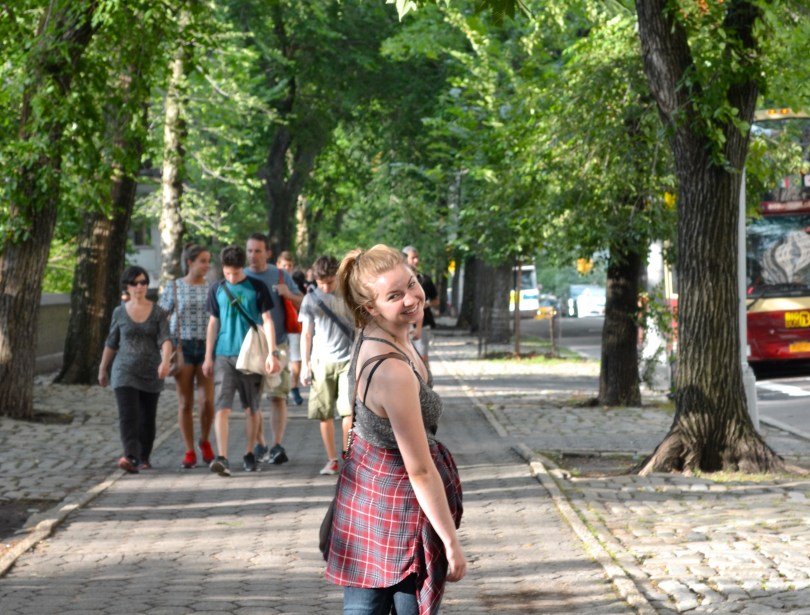Sierra Leone is a country with little tourism, as civil wars have made it inaccessible for many years, but it could well become a favourite destination for lovers of flora and fauna. Nature expresses itself without restraint. While the terrain alternates between plateaus and mountains, the vegetation varies from arid lands to tropical forests. In various parts of the country, safari enthusiasts will be delighted to discover reserves populated with wild animals. The entire western part of the country is made up of coastal plains that reach the sea. The Freetown peninsula is an exception, as it is made up of mountains. Mount Bintumani, located in the northeast in the Loma Mountain Range, is the highest peak in West Africa. It reaches a height of 1945 metres. The rainforests in the region are still intact.
Sierra Leone, a dream destination!
Sierra Leone is a West African country bordering Guinea to the north and northeast, Liberia to the southeast, and the Atlantic Ocean to the southwest. It is a former British colony, which experienced a long period of civil war from March 1991 to 18 January 2002. This brought the country to its knees for 11 years.
Today, Sierra Leone is a peaceful country where one can enjoy the most beautiful beaches in the world. The country relies on tourism for its development and its reconstruction is underway.
The main cities of the country are Port Loko, Lunsar, Makeni, Bo, Kenema, Koidu and Koindu.
Sierra Leone has some of the most beautiful beaches on the West African coast. The beaches are mainly concentrated in the Freetown area. Lumley Beach and River No. 2 are the best known. For those who want to enjoy the peace and quiet of the area, there are huts to rent and a chance to experience the daily life of the locals.
John Obey
One of the most stunning of the bunch and almost too pretty to share is sleepy little John Obey. The beach became a minor media sensation in the late noughties, scoring features on a host of major media outlets thanks to an ambitious ecotourism scheme known as Tribewanted.
Lumley Beach
Lumley Beach stretches for about 4 km, from the coastal neighborhood of Aberdeen all the way south past the Freetown Golf Course. There’s a paved promenade running all along the beach, popular with runners – it’s actually one of the few places in town where you can enjoy a run with no hills or traffic!
The beach is wide and sandy, clean for the most part – it’s popular on Sunday with locals playing volleyball and hanging out on the beach. You’ll also find several bars and restaurants, getting busy by sunset onwards, and a little night market.
Turtle Islands
The stuff castaway movies are made of: eight tiny islands form the Turtle Islands, an undeveloped archipelago thrown across the Atlantic just off the western shore of Sherbro Island. Each one is a slice of pure, bright sand sat amid breath-taking azure, framed by sighing palms silhouetted against a hazy blue sky.
Bureh Beach
Surf’s up at Bureh beach. Among the few spots along the Peninsula where you can enjoy a good burst of waves, this is a well-established favourite. It’s still fairly empty bar Sundays, which are popular with picnicking Lebanese families.
Mountain-backed, the sea retreats a long way at low tide, exposing a broad stretch of deep ochre sand fringed by palm trees. Many have been beguiled by the surfing, and a couple of local boys know the breaks well. While good waves aren’t guaranteed, the occasional triumph of hope over expectation makes it a magical spot.
Levuma Beach
Probably the busiest beach in Freetown, Levuma is a nice, long sandy beach, clean for the most part. The large pavement is a nice place to run along; and located on the beach you will find many hotels and some excellent restaurants. There’s a volleyball field and even a market. It’s a major nightlife hotspot at the weekend – expect blasting music, lots of traffic and noise. It’s an overall fun place to be!
Discover the parks and reserves of Sierra Leone
Sierra Leone is home to many parks and reserves. Sierra Leone is also a birdwatcher’s dream destination with over 120 species of birds. These include nesting weavers, vultures, eagles and hornbills with doubled beaks. In the north, the Outamba and Kilimi reserves are made up of hills, green plains and forests. Here you will see many animals, including monkeys, hippos, elephants and buffalo. The Loma Moutains Forest Reserve is a dense forest with huge trees around Mount Bintunami. Here you can see chimpanzees and other animals. April, May, October and November are the best months for the expedition. In the southeast, Tiwai Island Wildlife Sanctuary is one of the smallest reserves in the country. Located on an island in the Moa River, it is home to crocodiles, hippos and monkeys. It is also home to over 120 species of birds.


